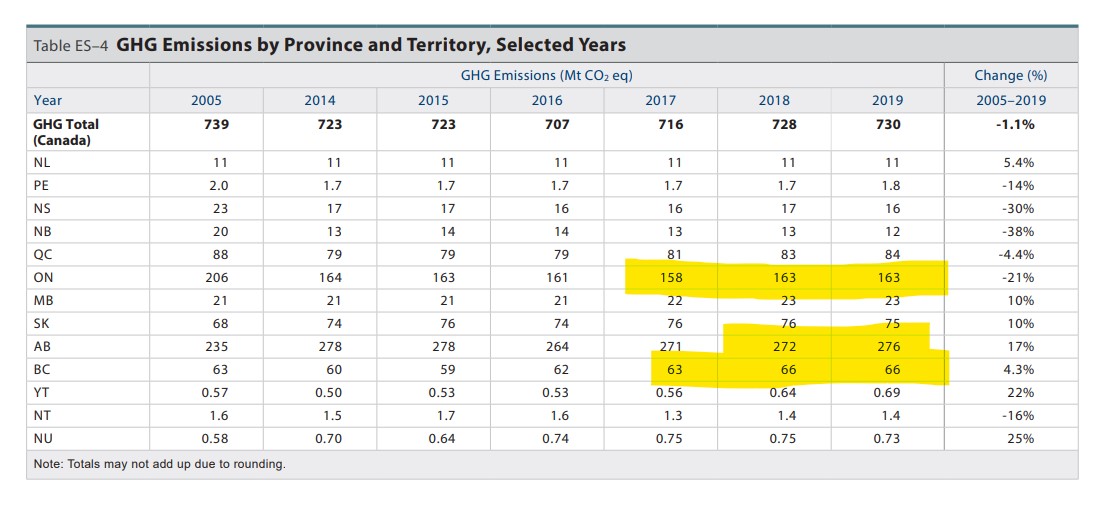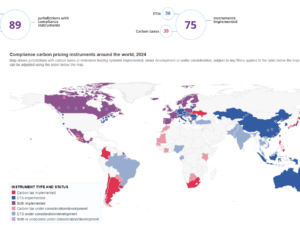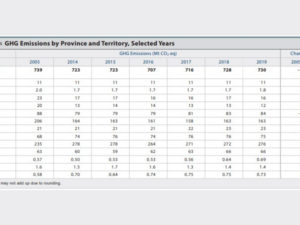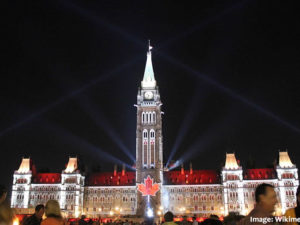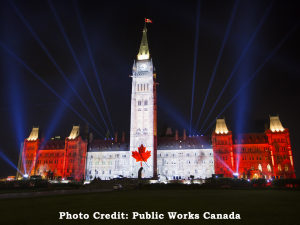In April 2021, Canada released to the United Nations our nationally determined contributions (NDCs) for reducing our GHGs. Canada’s updated NDC is to reduce our emissions by 40-45 % below 2005 levels by 2030. This is a substantial increase of ambition beyond Canada’s original NDC of 30% below 2005 levels, as previously communicated in the 2015 Paris Agreement. Clearly, there is both good news and bad news in our NDC. Canada as a nation is more ambitious and our new plans have a pathway to get to these improved targets. But it is not enough. In pursuit of the objectives of the Paris Agreement, we are to be guided by the principle of equity and common but differentiated responsibilities and respective capabilities, in the light of different national circumstances. Thus, more advanced countries such as Canada are expected to be at least 60 percent below our 2005 levels by 2030. For example, the United Kingdom has enshrined in a law a commitment to slash GHGs by 78% by 2035. How can Canada be more ambitious? We need to enact more policies that will reduce our greenhouse gas emissions. and keep improving and defending Canada’s Greenhouse Gas Pollution Pricing Act. We also need a lot more provincial action. As one can see from the 2021 data released, it is clear that elections of new governments in BC, Alberta, and Ontario all coincided with increased GHGs in those provinces (chart below). The recent Supreme Court of Canada ruling on the constitutionality of the Greenhouse Gas Pollution Pricing Act should embolden the federal government to require more climate action from the provinces. Canada’s 2021 NDCs and the Provinces


